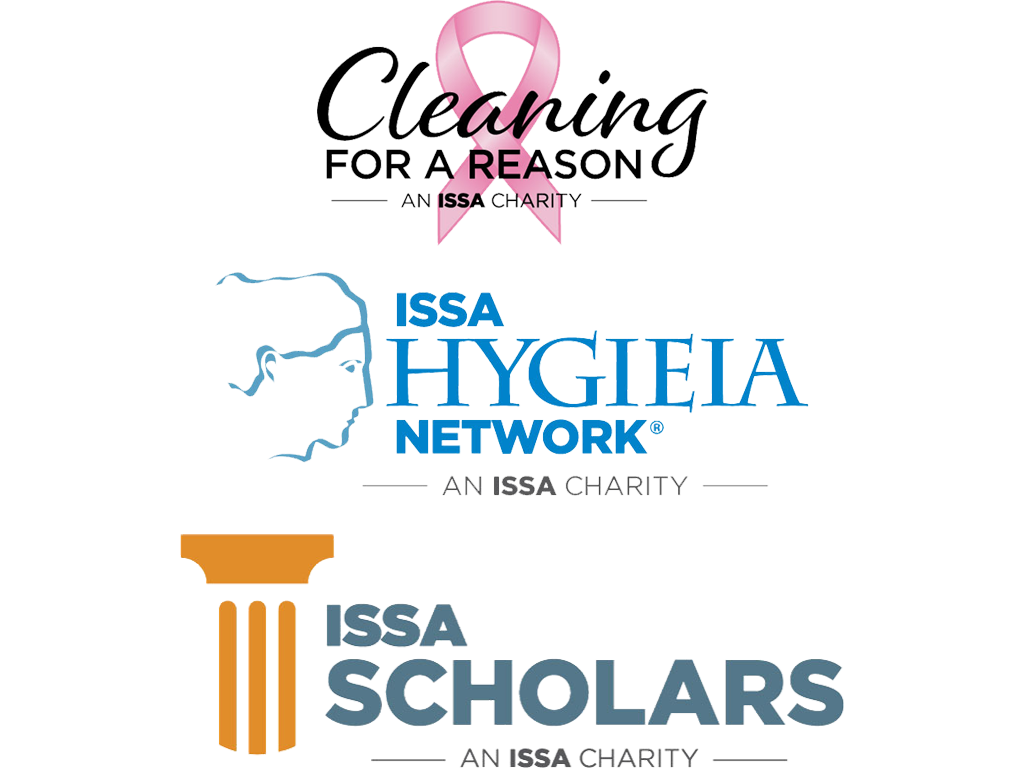Articles
The Difference Between Sanitizing and Disinfecting
Categories: Cleaning Applications, Cleaning for Health
By Steve Hanson | April 23, 2018 << Back to ArticlesAccessible by: anyone
In the cleaning industry, there are many misunderstandings about disinfectants and sanitizers. The terms are frequently interchanged in discussions, as many people believe they have the same meaning. Though they are similar, there are differences between sanitizing and disinfecting.
A disinfectant is a chemical that completely destroys all organisms listed on its label. The organisms it kills are disease-causing bacteria and pathogens, and it may or may not kill viruses and fungi. From a legal standpoint (U.S Environmental Protection Agency guidelines), disinfectants must reduce the level of pathogenic bacteria by 99.999 percent during a time frame greater than 5 minutes but less than 10 minutes.
A sanitizer is a chemical that reduces the number of microorganisms to a safe level. It doesn’t need to eliminate 100 percent of all organisms to be effective. Sanitizers do not kill viruses and fungi, and in a food-service situation, the sanitizer must reduce the bacteria count by 99.999 percent. Sanitizers are required to kill 99.999 percent of the infectious organisms present within 30 seconds.
If you are involved with cleaning food-service areas, then you’ll be interested in sanitizers. If you are involved with cleaning medical facilities, you’ll be more interested in disinfectants. If you provide green cleaning services, you may want to consider which one will have the least harmful enviromnental impact. If you just need to remove soil, you should consider using an all-purpose cleaner rather than a disinfectant or sanitizer.
Reviewed for relevancy April 2018.
About the Author.
Steve Hanson is co-founder of TheJanitorialStore.com, an online community for cleaning business owners who are pursuing their dreams of owning a successful cleaning business. For weekly tips and inspiration, read his Cleaning Success blog.


